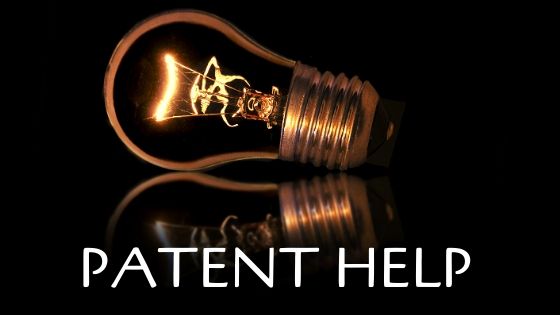A Provisional Patent Application does not get examined by the Patent Office, so nothing really happens until you file a formal Non-provisional Patent Application. Once you’ve filed a Non-provisional Patent Application, the “patent prosecution” phase of the application process begins. Patent prosecution describes the interaction between the Patent Office and your Patent Attorney or Agent concerning your Patent Application.
Oftentimes, Claims in a Patent Application are rejected or objected to in a first Office Action from the Patent Office. Your Patent Attorney’s/Agent’s job is then to argue that your Claims should be allowed based on evidence presented to the Examiner. Alternatively, your Claims may have to be amended to satisfy the Patent Office.
There may be several office actions issued by the Patent Office before a final decision is made regarding your Patent Application. Attorneys can meet face-to-face with the Patent Examiner assigned to your Application, which is very helpful in accelerating the processing of your Patent Application.
In addition, other factors can help accelerate the processing of your Patent Application, including the age of the Inventor and the nature of the invention. Consult with a Patent Attorney or Agent to learn more about these factors as suggested on http://classifieds.usatoday.com/blog/business-spotlight/business-spotlight-inventhelp/.

What Happens After Patent Prosecution?
If one or more Claims in your Patent Application are allowed, you will receive a Patent in the form of a Certificate of Registration. Your patent is good for 20 years from the filing date of the Patent Application. It is therefore to your benefit to minimize the patent prosecution phase, so that you can maximize your patent term.
For the life of the patent, you control the manufacture, use and sale of your invention. This can be an enormously powerful right. In addition, anyone that infringes on your patent may be subject to treble (triple) damages going back to the date of publication of your Patent Application.
Before disclosing your invention to any non-patent attorney, you should have a Confidentiality and Nondisclosure Agreement in place. Even after you file a Patent Application, it is a good idea to have such an agreement in place to provide maximum protection as described in this article on https://www.collegian.psu.edu/xpert_advice/article_1c0ae35e-1916-11e9-a355-13e0947b8cdc.html.
If you plan to collaborate with another person or company, make sure that your Nondisclosure Agreement contains an assignment of rights back to you concerning any changes or improvements to your original invention. Otherwise, the other person or company may become a co-inventor.